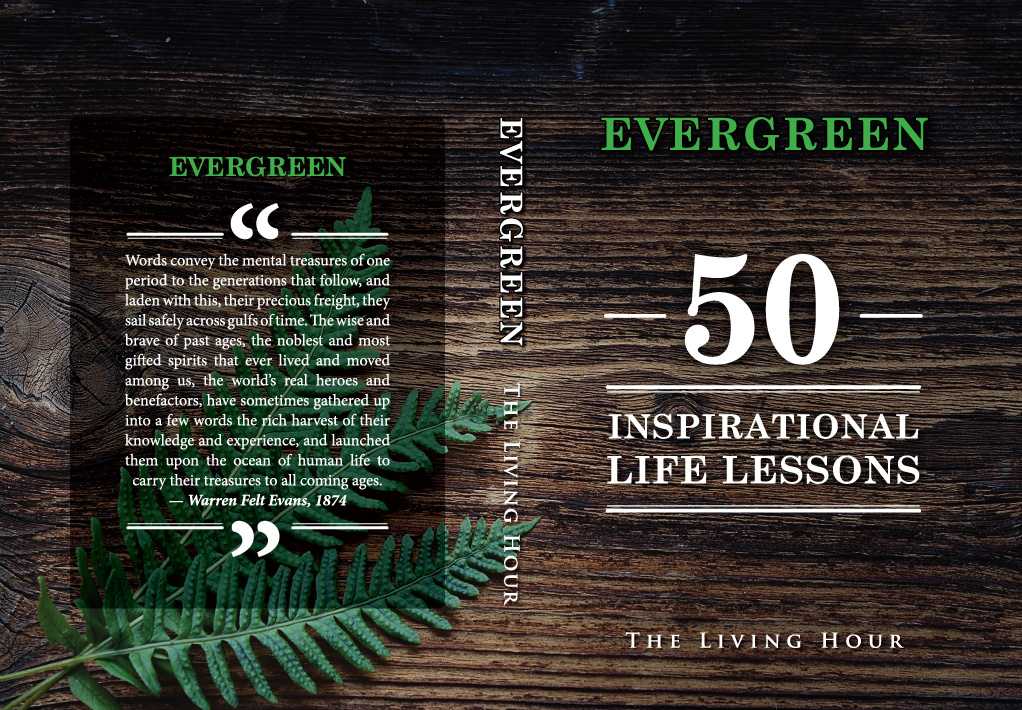31 May How to Remember What You See & Hear | Educational Podcasts
Welcome to the Inspirational Living podcast, brought to you in part by Book of Zen, makers of inspirational fashion and gift ideas. Visit them online at BookofZen.com. Today’s podcast has been edited and adapted from “Memory: How to Develop, Train, and Use It” by William Walker Atkinson, published in 1919.
Before the memory can be stored with sight impressions— before the mind can recollect or remember such impressions— the eye must be used under the direction of our attention. We think that we see things when we look at them, but in reality we see but few things, in the sense of registering clear and distinct impressions of them upon the tablets of our conscious mind. We look at them rather than see them.
In other words, we see without truly seeing. The way to train the mind to receive clear sight-impressions, and therefore to retain them in the memory is simply to concentrate the will and attention upon objects of sight, endeavoring to see them plainly and distinctly, and then to practice recalling the details of the object some time afterward.
It is astonishing how rapidly one may improve in this respect by a little practice. And it is amazing how great a degree of proficiency one may attain in a short time. The famous French magician Houdin (from whom Harry Houdini took his name) cultivated his memory of sight impressions by following a simple plan.
He started to practice by observing a number of small objects in a Paris shop window while rapidly walking past the window. He followed this by noting down on paper the things that he saw and remembered. At first he could remember but two or three articles in the window. Then he began to see and remember more, and so on, each day adding to his power of perception and memory, until finally he was able to see and remember nearly every small article in a large shop window after bestowing but a single glance upon it.
Others have found this plan an excellent one, and have developed their power of perception greatly, and at the same time cultivated an amazingly retentive memory of objects thus seen. It is all a matter of use and practice. The experiment of Houdin may be varied infinitely, with excellent results.
For example, in India some parents train their children along these lines by playing the “sight game” with them. This game is played by exposing to the sight of the children a number of small objects, at which they gaze intently, and which are then withdrawn from their sight. The children then try to outdo each other in writing down the names of the objects which they have seen. The number of objects is small to begin with, but is increased each day, until an astonishing number are perceived and remembered.
Many teachers have followed plans similar to this. For example, you can take a number of small articles, and train the students to see and remember them, the process being gradually made more and more difficult. Or you could make a number of dots on a whiteboard, and then erase them before the students can count them in the ordinary way. The children then try to count their mental impressions, and before long they can correctly name the number of dots up to ten or more, with ease…..
Read The Entire Essay in Evergreen: 50 Inspirational Life Lessons
You can also gain access to this essay and full transcript by becoming a patron of the Inspirational Living podcast. For more information, please visit: https://www.patreon.com/inspirationalpodcasts.

